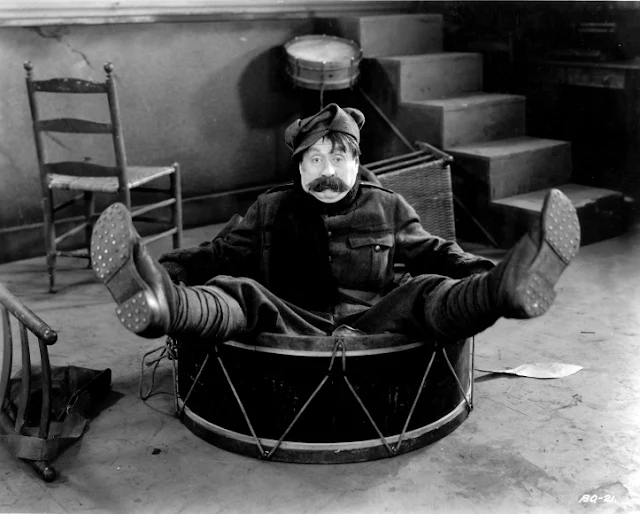Cast: Margarete Tiesel, Peter Kazungu, Inge Maux, Dunja Sowinetz, Helen Brugat, Gabriel Mwarua, Josphat Hamisi, Carlos Mkutano, Melanie Lenz, Maria Hofstätter. Screenplay: Ulrich Seidl, Veronika Franz. Cinematography: Edward Lachman, Wolfgang Thaler. Production design: Andreas Donhauser, Renate Martin. Film editing: Christof Schertenleib.
Sexually explicit but not pornographic, Ulrich Seidl's Paradise: Love, the first in his Paradise trilogy, tells the story of a middle-aged Austrian woman, a sex tourist, who goes to Kenya for thrills and mistakenly tries to find love instead. Margarete Tiesel plays the woman, Teresa, and in scenes that take place in Austria we get introduced to her sister (Maria Hofstätter) and her daughter (Melanie Lenz), whose own stories are told in Paradise: Faith (2012) and Paradise: Hope (2013). The film was shot on location in Kenya, using a mixture of non-professional and professional actors. It's an unsettling, sometimes even shocking film, and a little longer than it needs to be, but also revelatory of post-colonial attitudes.









